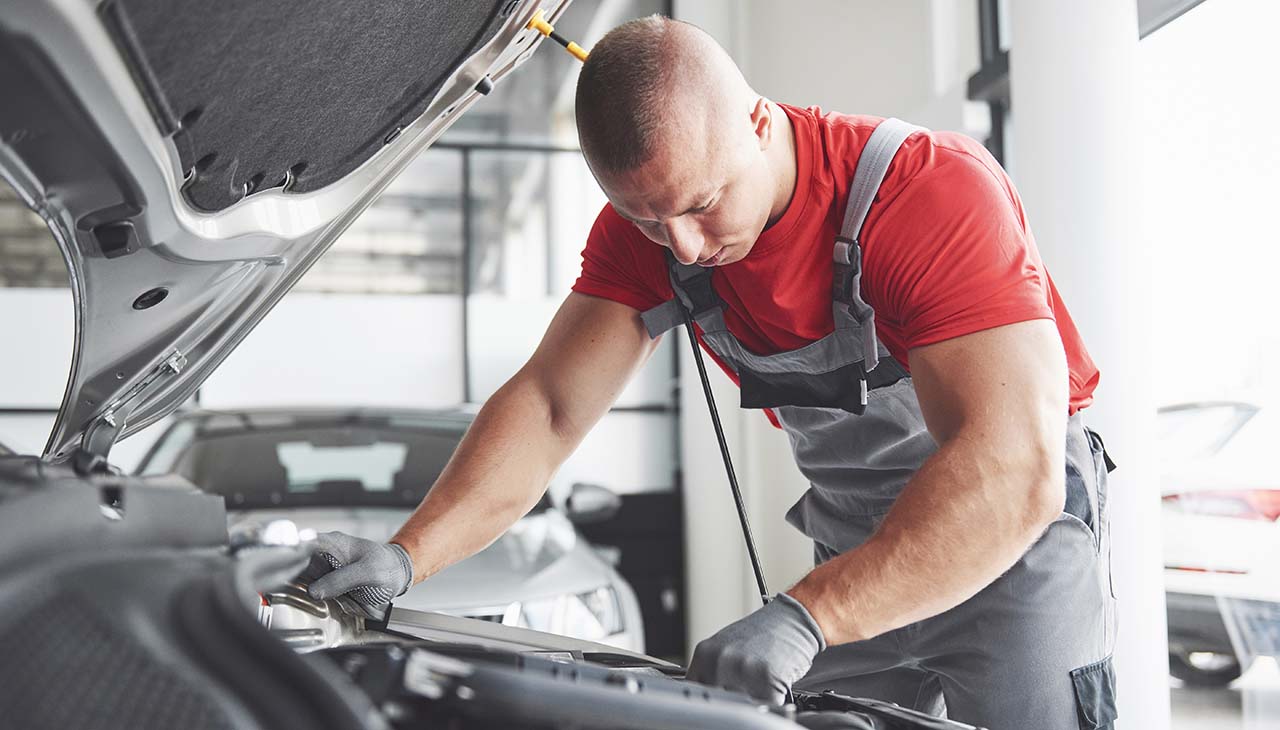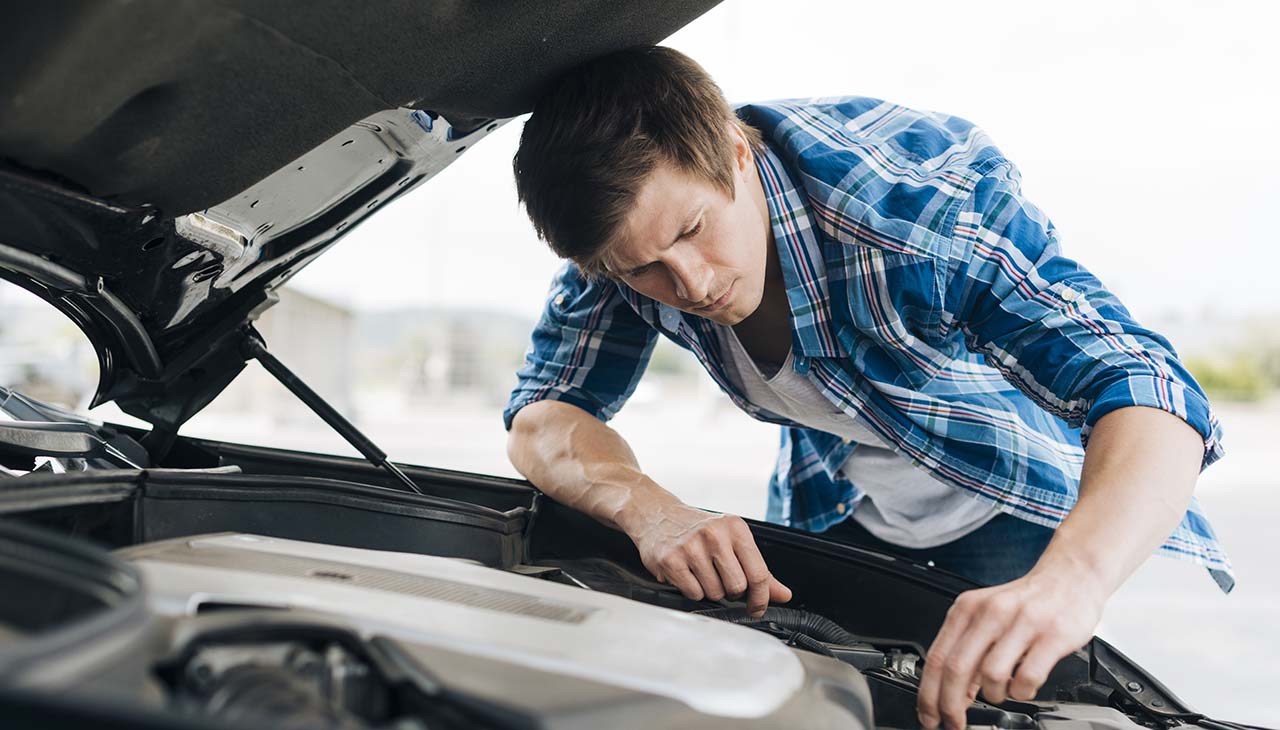Maintaining your vehicle is crucial for ensuring its longevity, safety, and performance on the road. Regular routine maintenance can prevent breakdowns, costly repairs, and extend the life of your car. This guide aims to provide you with essential tips and advice on keeping your vehicle in top condition, covering everything from oil changes and tire rotations to brake inspections and fluid checks. By adhering to a consistent maintenance schedule, you can ensure your car remains reliable, efficient, and ready to take you wherever you need to go.
Regular Oil Changes
Changing your car’s oil regularly is the most fundamental, yet critical, aspect of vehicle maintenance. It is essential for the engine’s longevity and efficiency. Clean oil lubricates the engine parts, reduces friction, and helps disperse heat, preventing the engine from overheating. Over time, engine oil breaks down and becomes contaminated with dirt, dust, and debris from the engine and the environment. This contamination can lead to increased wear and tear, diminished performance, and even catastrophic engine failure. Experts recommend changing the oil every 3,000 to 5,000 miles to ensure optimal engine health and function. Following this guideline can significantly extend the life of your vehicle, improve gas mileage, and enhance overall performance.
Tire Inspection and Rotation
Checking Tire Pressure and Tread Depth
Regularly checking your tire pressure and tread depth is vital for maintaining your vehicle’s overall safety and efficiency. Correct tire pressure ensures your vehicle has optimal traction and handling, which are crucial for safe driving conditions. Additionally, properly inflated tires can improve fuel efficiency and reduce wear, extending the life of the tires. Tire tread depth, on the other hand, is essential for maintaining good grip on the road, especially in adverse weather conditions such as rain or snow. Driving on tires with insufficient tread can lead to reduced control of the vehicle, increasing the risk of accidents.
Benefits of Tire Rotation
Tire rotation is an essential procedure that ensures even tire wear. Regular rotation helps to evenly distribute wear and tear on the tires, which can prolong their life and improve the vehicle’s handling, leading to safer driving. By rotating your tires, you can also maintain balanced handling and traction and prevent alignment issues. Typically, tire rotation is recommended every 5,000 to 8,000 miles, aligning with most oil change schedules for convenience. Adhering to this maintenance task can significantly extend the life of your tires, saving you money and keeping your vehicle running smoothly.
Brake System Check
Ensuring your vehicle’s brake system is in optimal condition is critical for your safety on the road. One of the most apparent signs of wear in your brake system includes unusual noises such as squeaking or grinding when the brakes are applied. These sounds can indicate that the brake pads are worn down and may need to be replaced to avoid damage to the rotors. Besides auditory cues, it’s essential to pay attention to how your brakes feel when applied. If you notice any sponginess or a decrease in responsiveness, this could be a sign of a problem within the brake system, such as air in the lines or a brake fluid leak.
Equally important is the regular checking of your brake fluid. Brake fluid is crucial for transferring the force from your brake pedal to the brake pads, and over time, it can become contaminated with water and other debris, which can lower its boiling point and effectiveness. This contamination can lead to a loss of braking power, especially under heavy use, such as during prolonged descents or in heavy traffic. Experts recommend checking your brake fluid at least once a year and replacing it according to your vehicle manufacturer’s guidelines to ensure the safety and reliability of your braking system. Regular inspections and maintenance of your brake system, including the pads, rotors, and fluid, can prevent costly repairs and, most importantly, keep you and others safe on the road.
Fluid Checks and Top-Ups
Regular checks and timely maintenance of your vehicle’s essential fluids—such as coolant, transmission fluid, and power steering fluid—are pivotal to its operation and longevity. Ignoring these fluids can lead to decreased performance, higher fuel consumption, and even severe engine or component damage.
Coolant Check and Replacement
The coolant is vital for regulating your engine’s temperature, ensuring it runs neither too hot nor too cold, regardless of external temperatures. Over time, coolant can become contaminated, leading to a less efficient cooling system that may cause overheating and engine damage. It is recommended to check your coolant level regularly and to follow your vehicle manufacturer’s guidelines for replacement, typically every 30,000 to 100,000 miles, depending on the coolant type and vehicle.
Transmission Fluid Maintenance
Transmission fluid serves as a hydraulic fluid and a coolant for the moving parts inside your vehicle’s transmission. Like engine oil, it can degrade over time, which can lead to shifting issues, increased wear and tear, and, in severe cases, transmission failure. Checking the transmission fluid monthly for the correct level and condition (it should be a bright, clear red) and following your manufacturer’s recommendations for service (usually between 30,000 and 60,000 miles for most vehicles) can prevent these problems.
Power Steering Fluid
Adequate power steering fluid levels and quality are essential to maintain smooth and easy steering. Low or dirty fluid can cause increased steering effort, squealing noises, or even damage to the steering system over time. Checking the power steering fluid monthly and topping it up as necessary can help you avoid expensive repairs. The interval for changing the power steering fluid varies by manufacturer, but a general guideline is to consider it every 50,000 miles or if you observe signs of contamination or leakage.
By adhering to these recommended intervals for fluid inspections and top-ups, you can significantly safeguard your vehicle against premature wear and ensure it remains in excellent operating condition, providing a safer and more enjoyable driving experience.
Air Filter Replacement
A dirty air filter can significantly impact your vehicle’s engine performance. It restricts the flow of air to the engine, which is essential for the combustion process that powers your vehicle. This reduced airflow can lead to a decrease in power, acceleration, and fuel efficiency. Furthermore, a clogged air filter can allow dirt and debris to enter the engine, potentially causing increased wear and tear on engine components. To prevent these issues, it is recommended to replace the air filter every 12,000 to 15,000 miles, although this can vary depending on driving conditions. For example, driving in dusty or sandy areas might necessitate more frequent replacements. Always consulting your vehicle’s owner manual for specific recommendations is also advised, ensuring you adhere to the guidelines set by the manufacturer for optimal vehicle performance and longevity.
Battery Maintenance
Maintaining and regularly testing your vehicle’s battery is crucial for ensuring reliable starts and avoiding being stranded due to a dead battery. Signs that your battery may be failing include slow engine cranking, the battery light on your dashboard illuminating, swelling or bloating of the battery case, and the age of the battery itself—most car batteries need replacing every 3 to 5 years. Additionally, a noticeable decrease in electronic component efficiency, such as dimming headlights when the air conditioning is used, can also indicate a weakening battery.
To test battery health, a professional mechanic can perform a load test to measure its ability to hold a charge. Alternatively, a multimeter can be used to check the voltage level; a healthy battery should have a voltage between 12.4 and 12.7 volts when the car is off. Batteries falling below 12.4 volts may struggle to start the engine and should be charged or possibly replaced.
Understanding when to replace your battery involves noting these signs and performing regular health checks, especially as the battery approaches the end of its expected lifespan. Early detection and replacement can prevent breakdowns, ensuring your vehicle remains reliable and ready to use.

